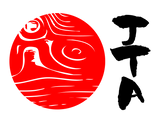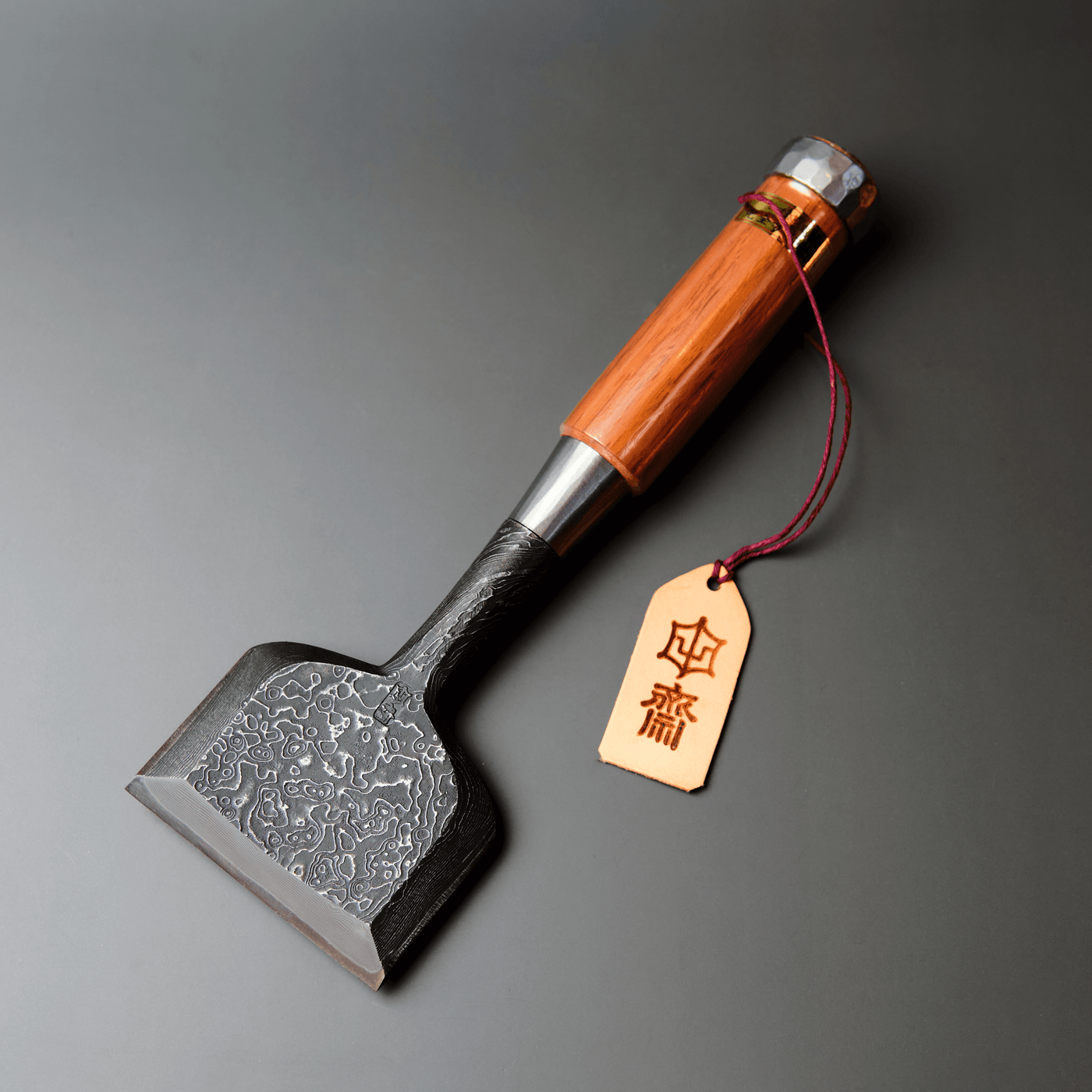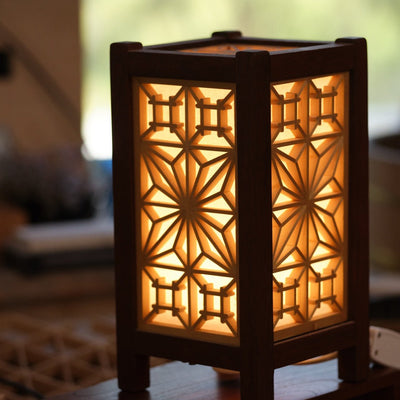The dozuki pattern of saw is a specialised saw for joinery and fine cuts. The word dozuki in Japanese refers to a tenon shoulder, and it is from this saw’s specialisation that it takes its name. Dozuki saws use extremely fine blades and their teeth are given very minimal set, meaning that they barely protrude past the side of the saw plate. Because the blade is so extremely fine a dozuki saw uses a steel or brass spine as reinforcement, and is capable of cuts only as deep as the distance from the teeth to the spine.
Given the thinness of these blades, dozuki saws are ideal for fine work and the surface they leave does not require refinishing with either a chisel or plane. With a little practice, they are capable of following extremely precise lines and excel at detailed joinery, whether for dovetails, tenons, or any of the more specialised Japanese joints Western woodworkers are continually discovering.
A dozuki saw depends on its owner using a sawing motion that moves both directly forward and directly back, exactly parallel to the desired cut. If any left/right twist is introduced into the user’s action, the teeth of the saw may give way as they are driven into a quantity of timber they are not capable of removing. A lost tooth will not generally affect the performance of the saw greatly, but a greater strain will be placed on the tooth behind it as it is required to do the work of two teeth instead of one, and this tooth may also fatigue and detach.
As such, though they are capable of cuts beyond compare, Dozuki saws should be used with patience and care in order to maximise their lifespan. If you are familiar with Japanese saws and are able to follow a line with a Ryoba or Kataba style saw, you should have little difficulty and will certainly enjoy using a Dozuki. And, if worse comes to worse, we offer replacement blades for all of our saws so that you can get back to making cuts with less hassle and fewer profanities.



